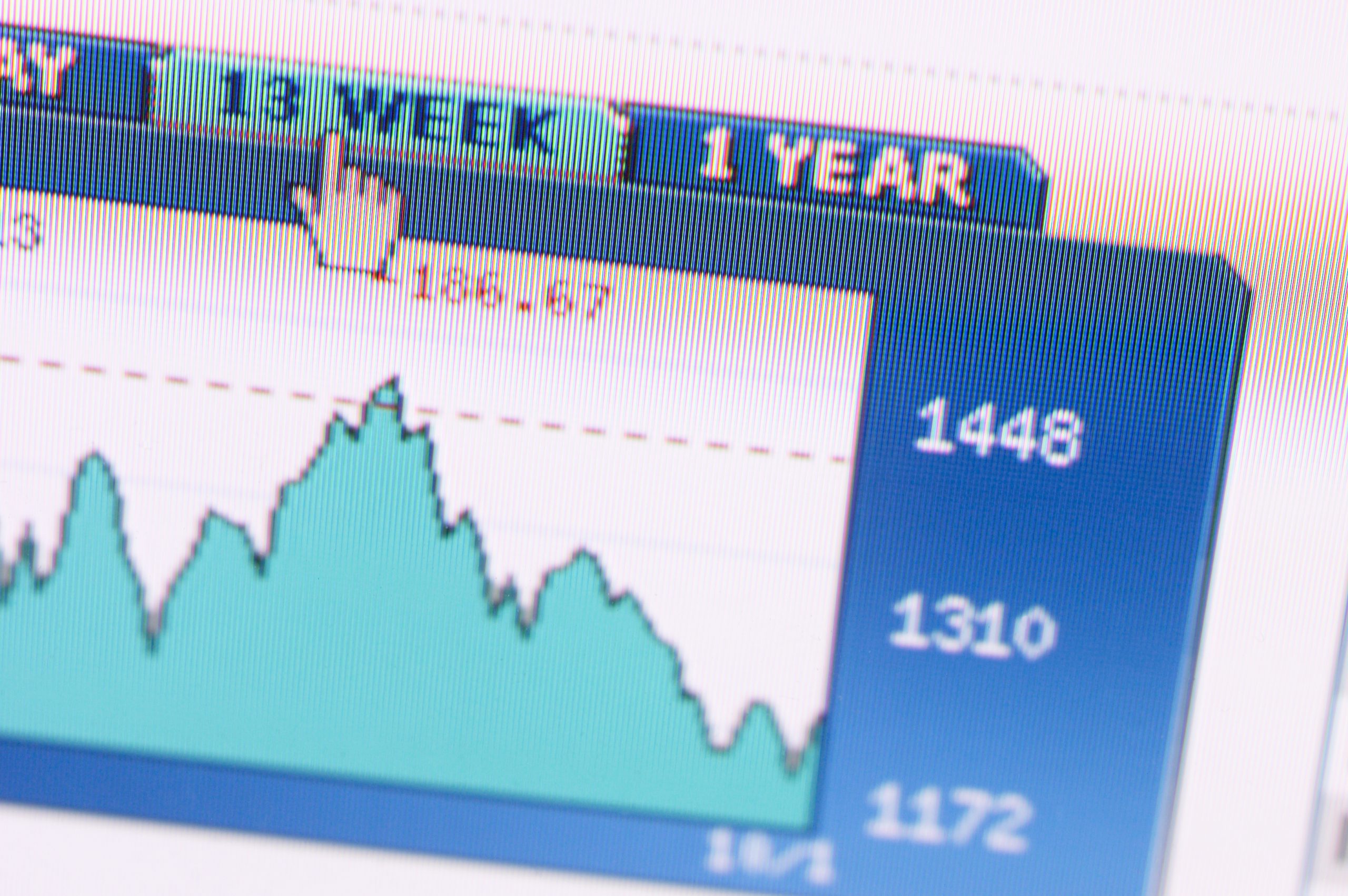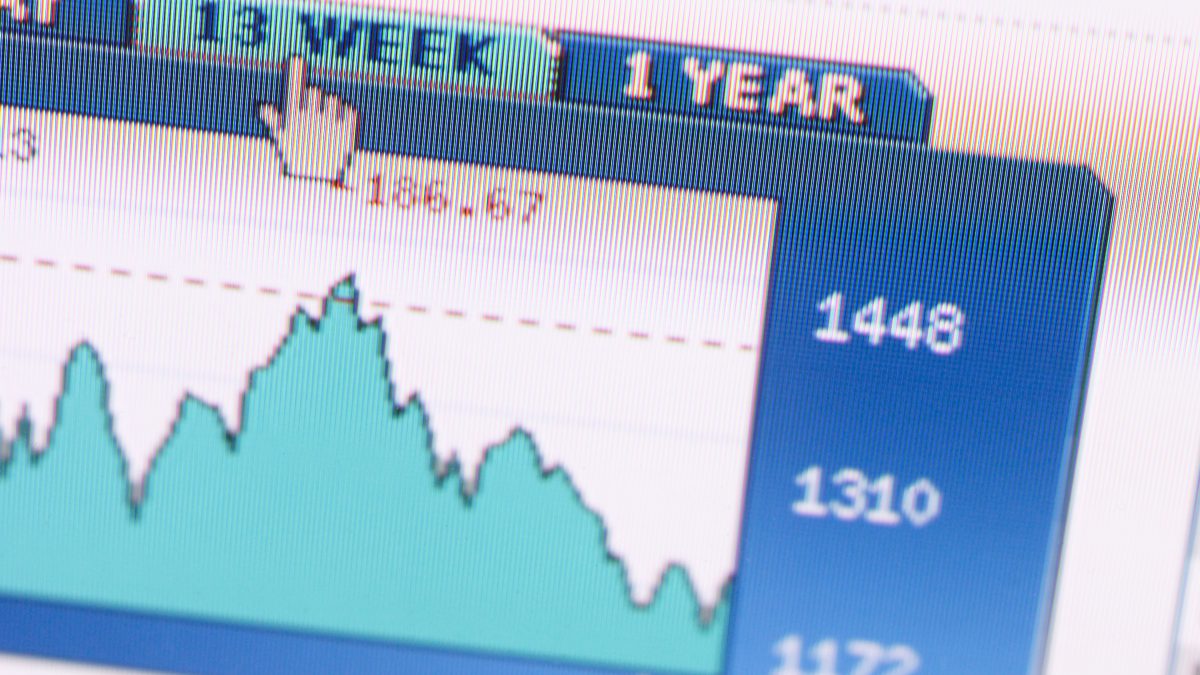Achieving Your Long-Term Financial Planning Goals With Less Risk
Achieving Your Long-Term Financial Planning Goals With Less Risk

The commonly held perception of risk centers on the potential for the stock markets to crash or a bear market wiping out part of your savings toward your personal finance goals. Market professionals, on the other hand, look at risk as the comparison of potential returns to possible losses. To reach a certain level of return on your investments, you will be exposed to some risk of loss. You want to take the appropriate steps to minimize the risk of loss while still leaving yourself open for the gains you need to meet your long-term goals.
Balancing Risk and Return
“Risk and return are related, and it is prudent to take some risk with your investments,” says Mike Mills, a Certified Financial Planner and Chartered Life Underwriter. “The key is to take risks where you are compensated for the risks involved.” If you do not own investments with some risk of loss, you may not be able to earn the returns you probably need to meet your personal finance goals. Investors often only look at the potential gain when selecting investments. You should also try to estimate or use historical results to estimate the potential losses. “Analyzing risk can be counter to what you think you see,” says Mills. “The stock market has less risk after a crash or bear market, which is when no one wants to invest in stocks.” To lower the risk in your investments, Mills suggests buying when markets are low and reducing your investment amounts by selling to lock in profits when prices are high.
Avoiding Concentration Risk
A common and easy way to remedy risk is diversification. “I often see new clients with all or a large portion of their investments concentrated in a single investment type such as U.S. stocks or even the stock of an employer,” Mills says. Diversifying into different classes of assets will reduce the risk of large losses when one asset class goes down in value. For example, bonds and real estate investments provide diversification and different risk characteristics compared to stocks. If your investments are all in U.S. stocks, you can diversify by buying stock funds that focus on foreign and emerging markets. “We recommend that clients hold a range of assets to match the different investment classes from around the globe.” says Mills.
Taking Out the Emotion
Mills points out that “personal emotion may be a greater risk to long-term investment results than actual market risk.” By this he means that investors let emotions drive investment decisions rather than sticking to a set plan. To take the emotional risk out of achieving long-term goals, he suggests using an asset allocation approach and holding specific percentages of your investments in the asset categories of stocks, bonds and real estate.
“Regular rebalancing back to the percentages you initially chose for your asset allocation takes the emotion out of where your money is invested and when to buy or sell,” says Mills. For example, you set your asset allocation at 40 percent each into a stock fund and a bond fund and 20 percent into a real estate mutual fund. When you get ready to rebalance, the stocks have increased to 45 percent of your portfolio, bonds are at 38 percent and real estate is 17 percent. You would sell enough of your stock fund shares to bring the total back down to 40 percent and split the money from the sale into the bond and real estate funds to bring those percentages back to the plan. Typical rebalance schedules are quarterly, semi-annually or annually.
Protecting Your Greatest Asset
From a personal experience of being hit by a truck and left unable to work for an extended period of time, Mills discusses with every client the importance of guarding against what he sees is the greatest risk to financial goals. “Your income is your greatest asset towards achieving your goals,” says Mills. If you are funding your long-term goals by investing a portion of what you earn from working, you should have plans to cope with a reduction or stoppage of your earnings. An emergency fund savings account will keep you from dipping into your long-term investments if you cannot work for a short period of time. If something permanent happens to your income, life insurance and disability insurance would replace your lost earnings and help you or your family reach your goals.
Quicken has made the material on this blog available for informational purposes only. Use of this website constitutes agreement to our Terms of Use and Privacy Policy. Quicken does not offer advisory or brokerage services, does not recommend the purchase or sale of any particular securities or other investments, and does not offer tax advice. For any such advice, please consult a professional.



